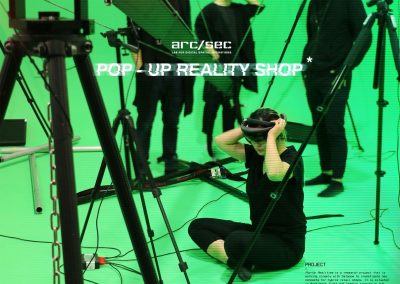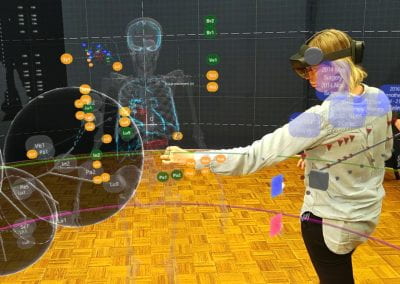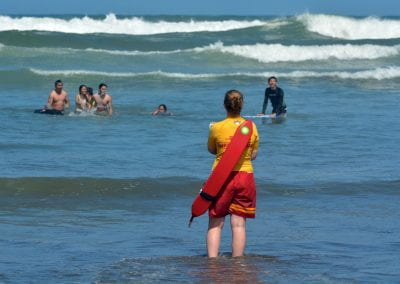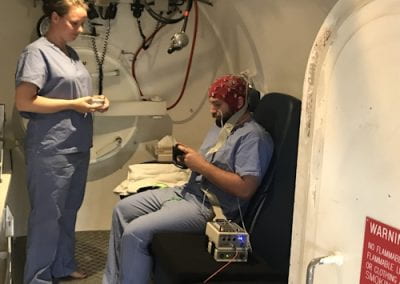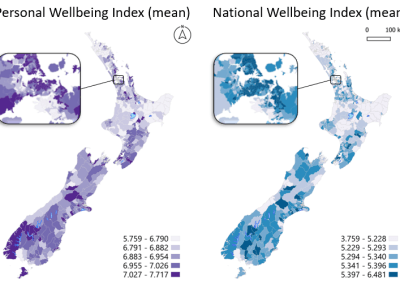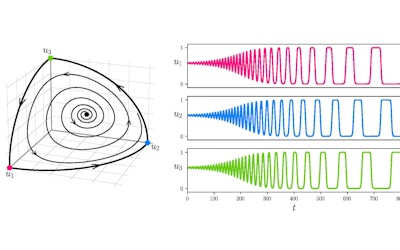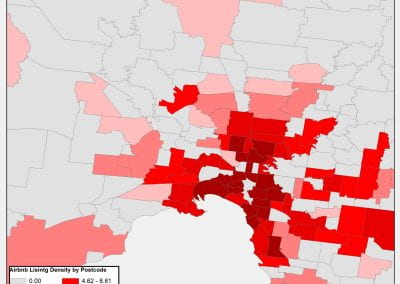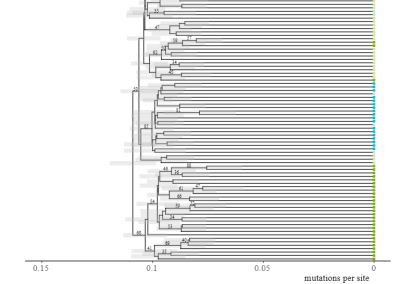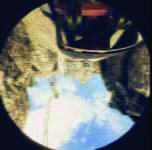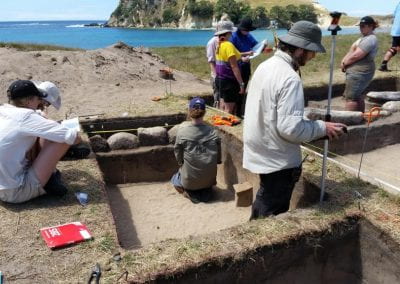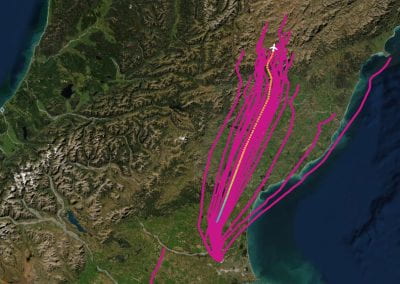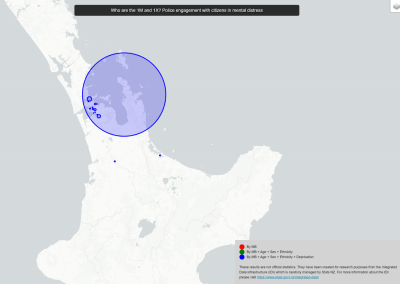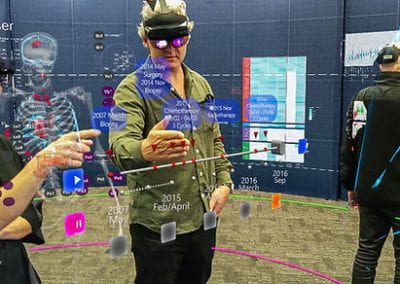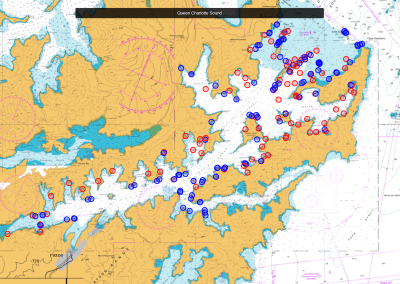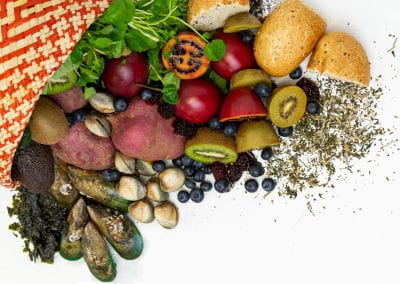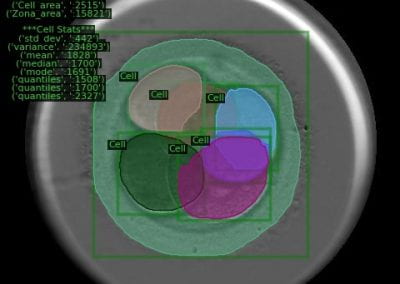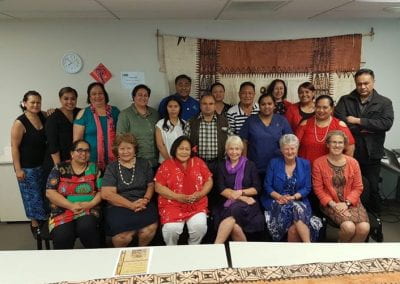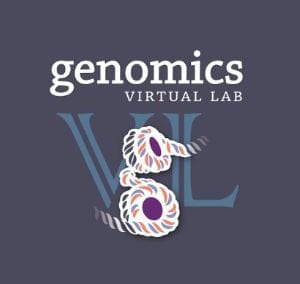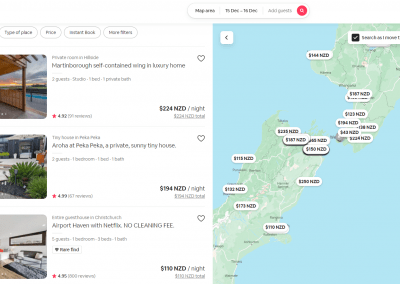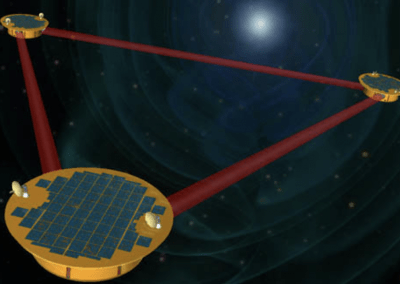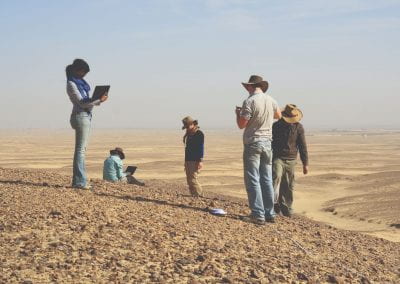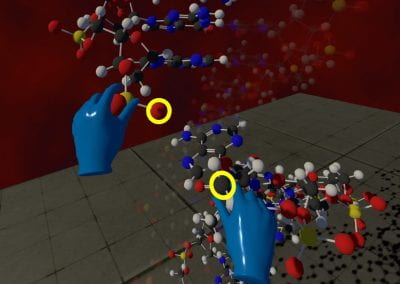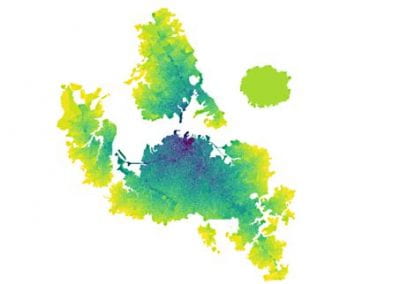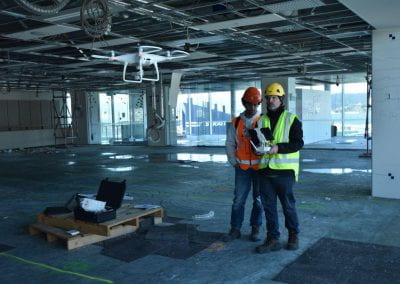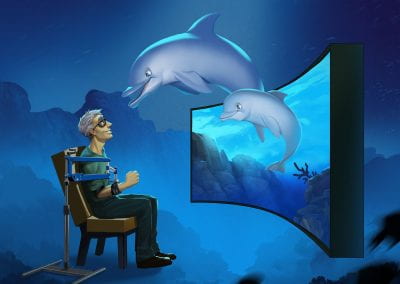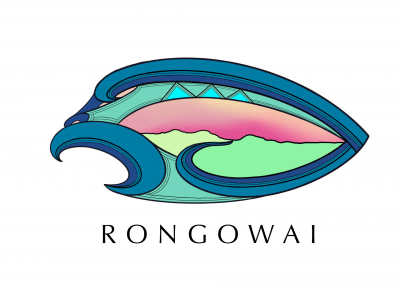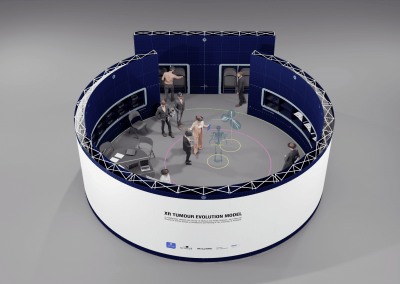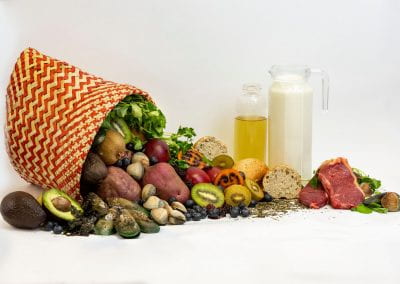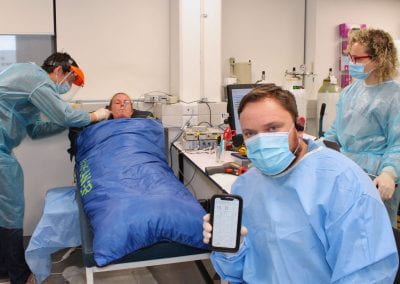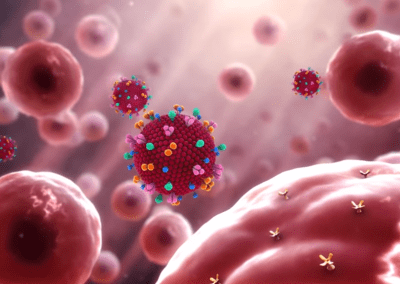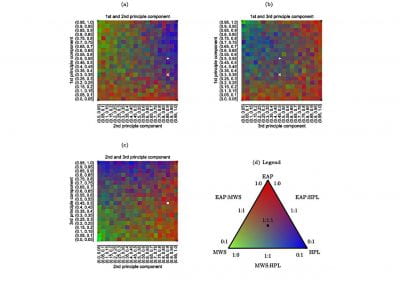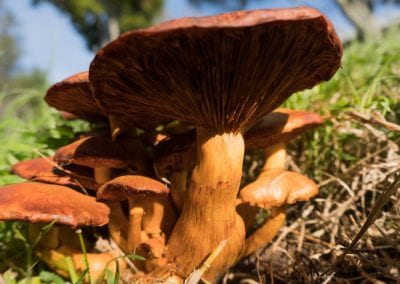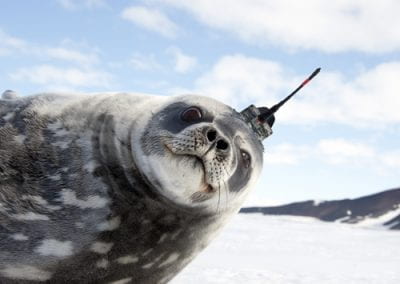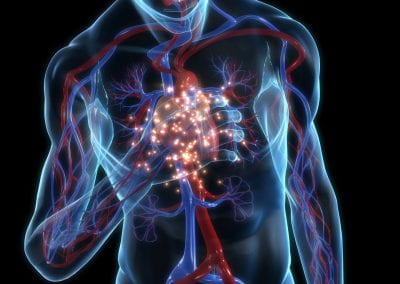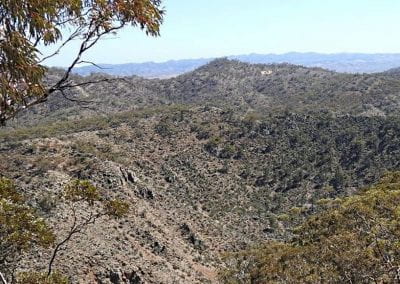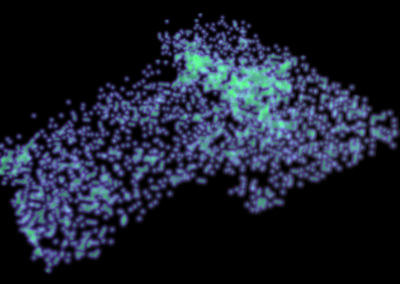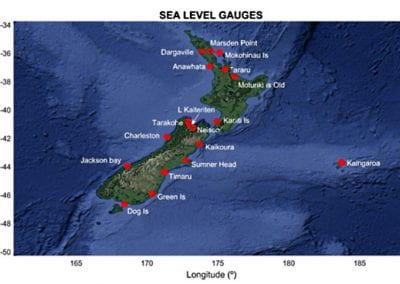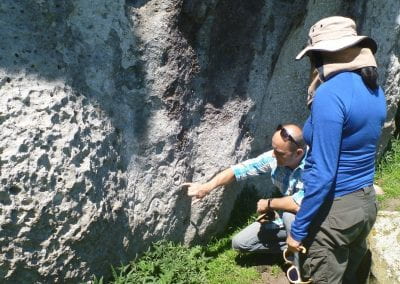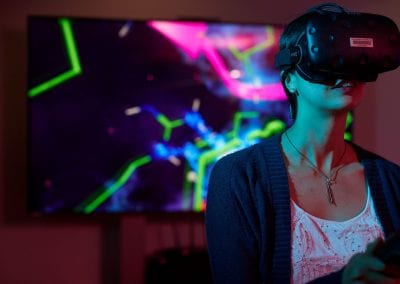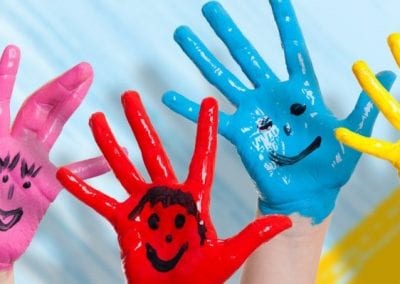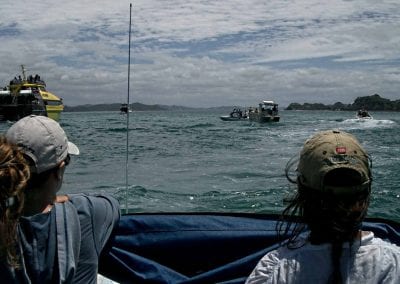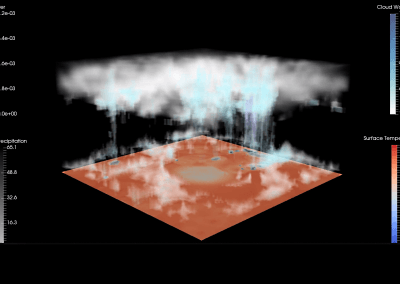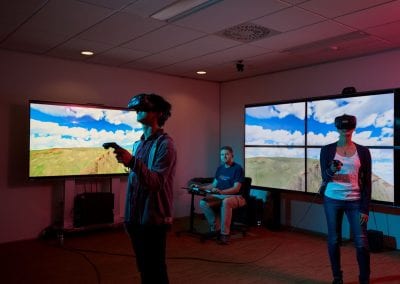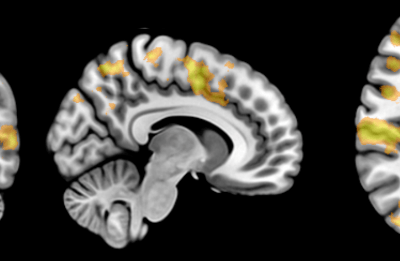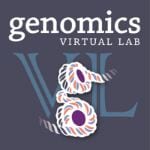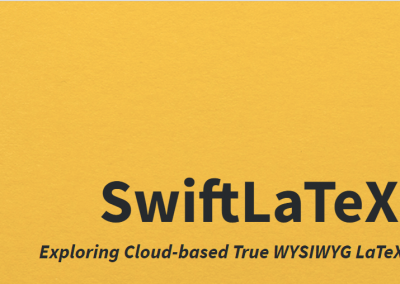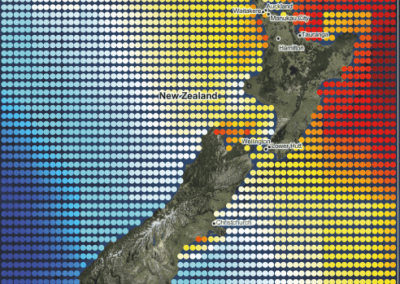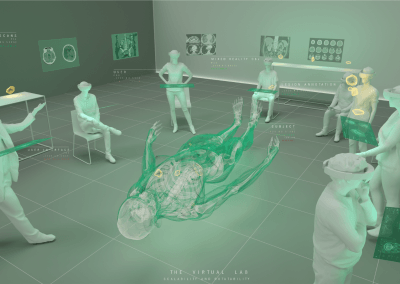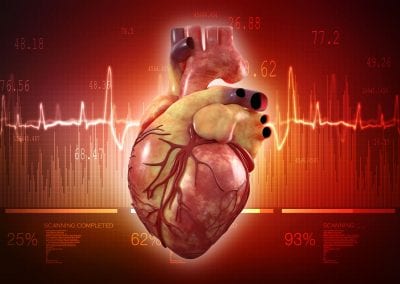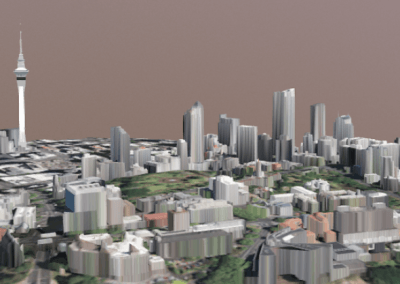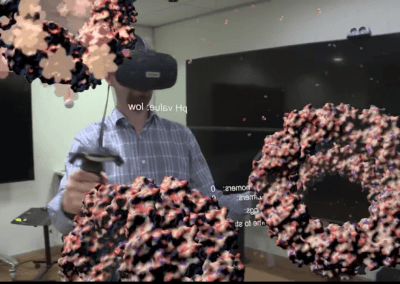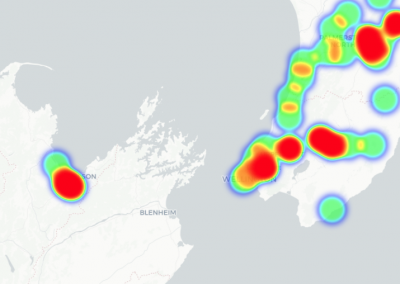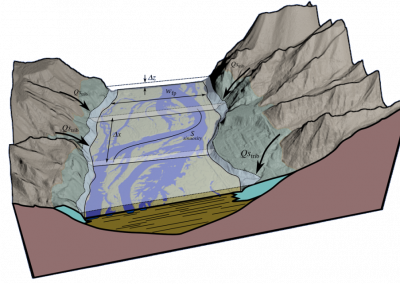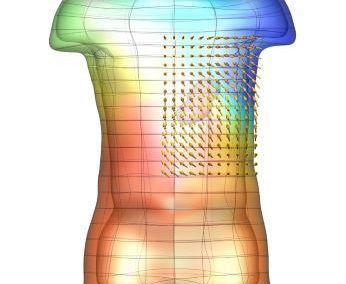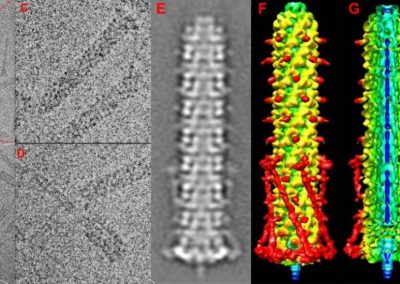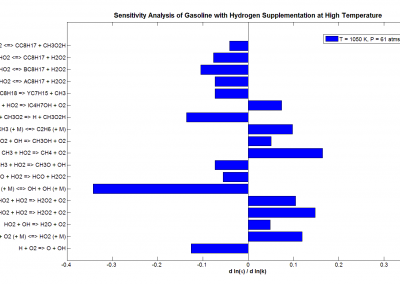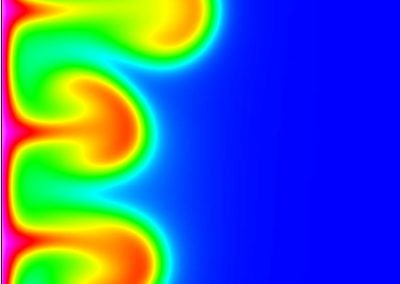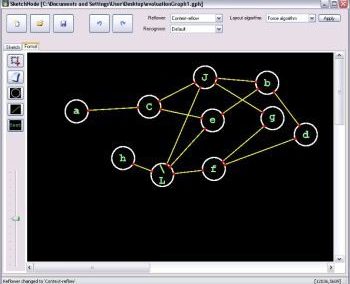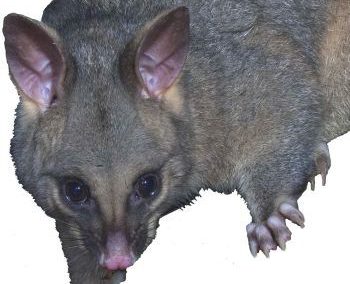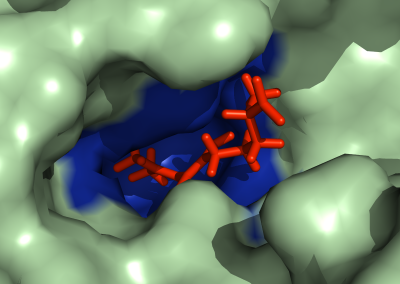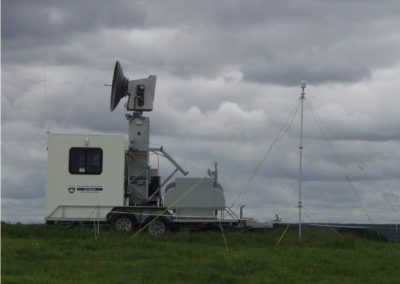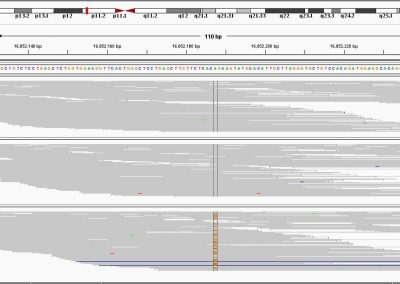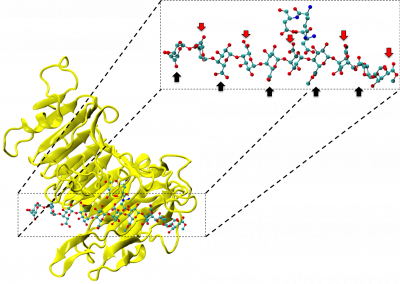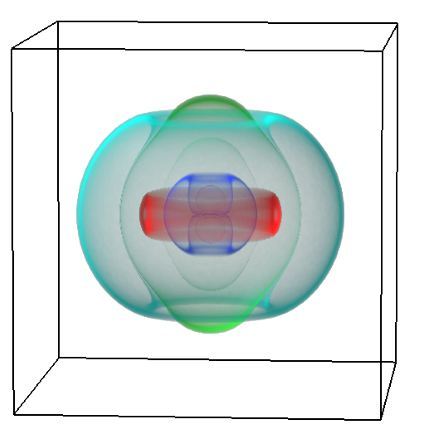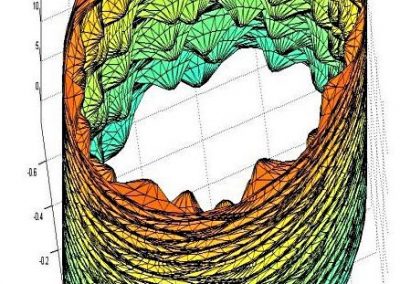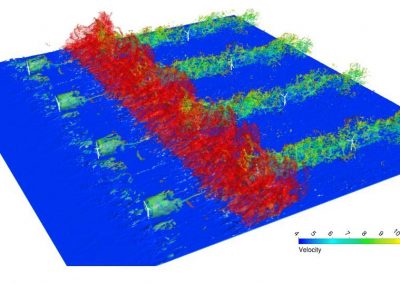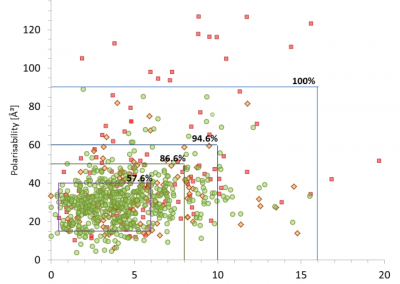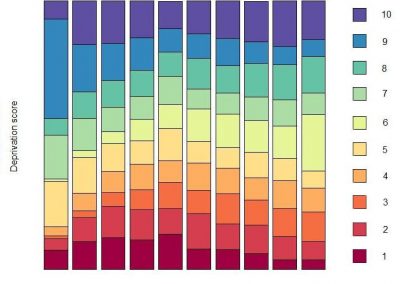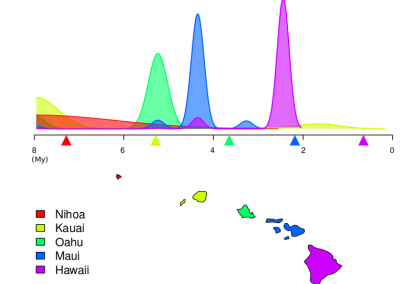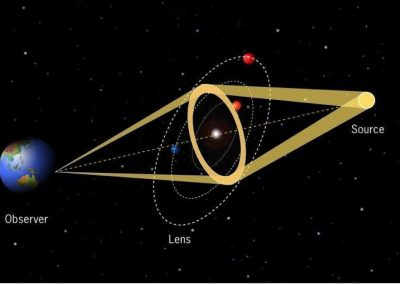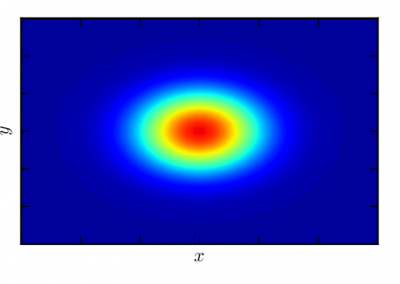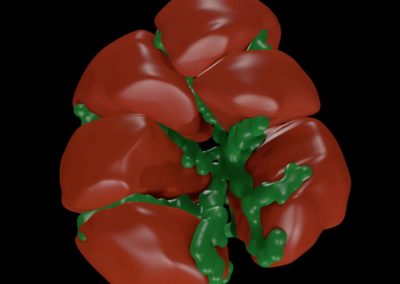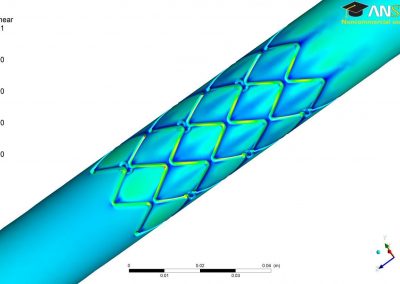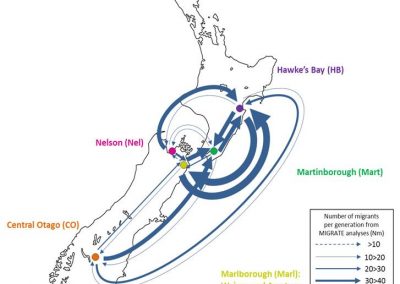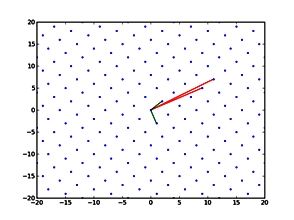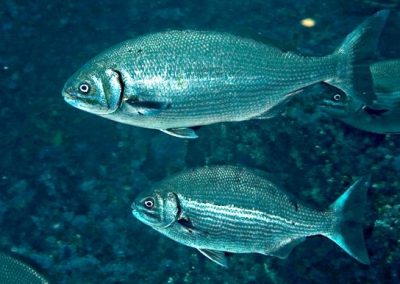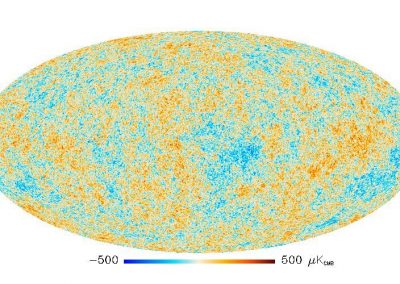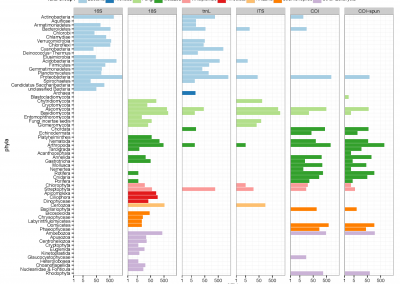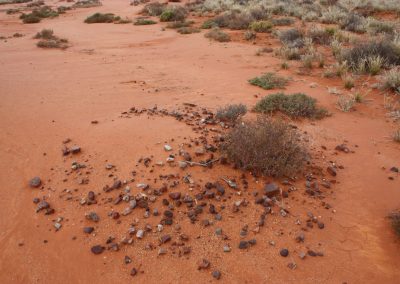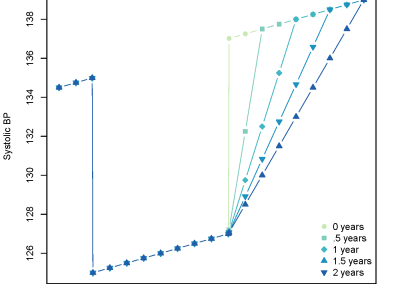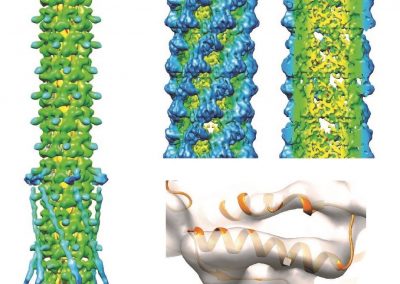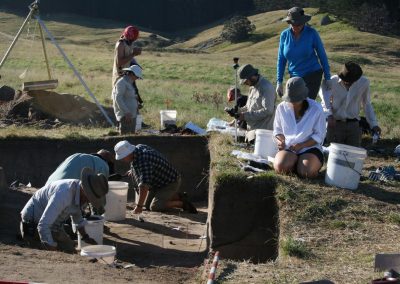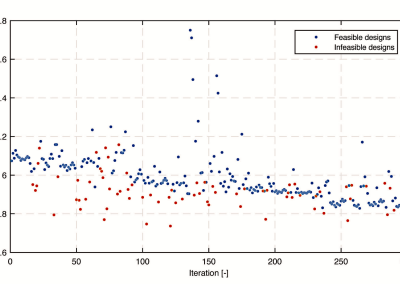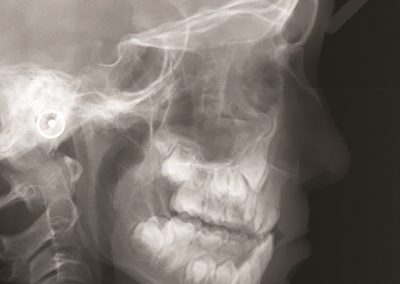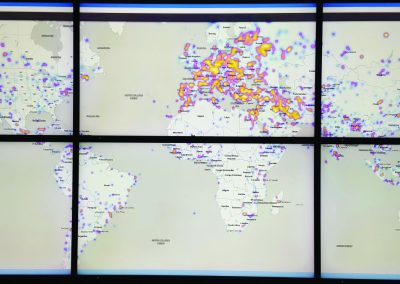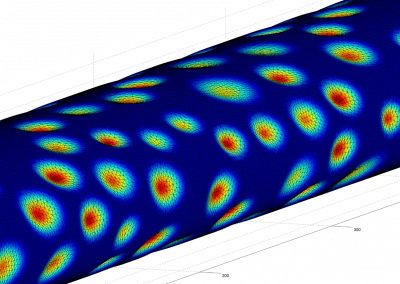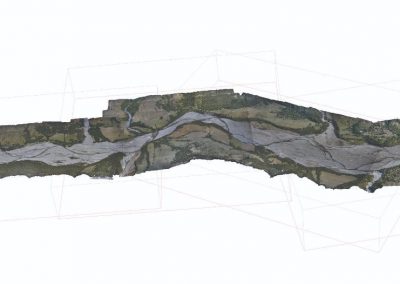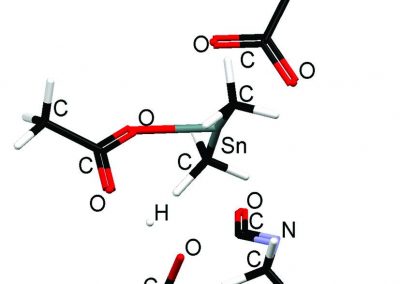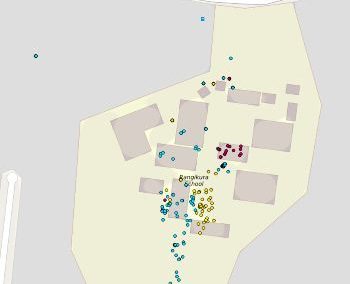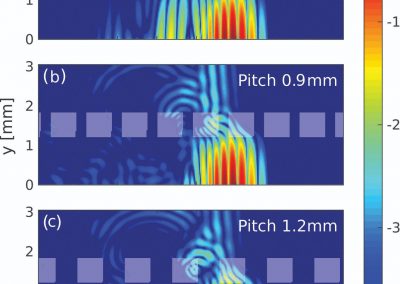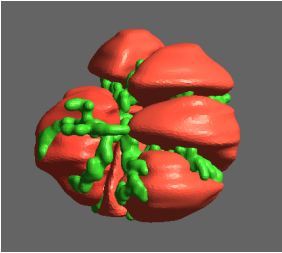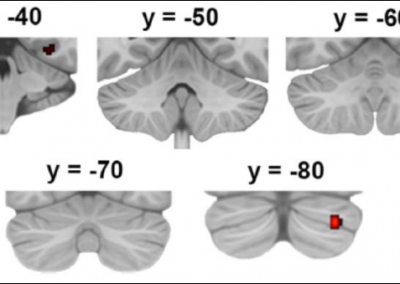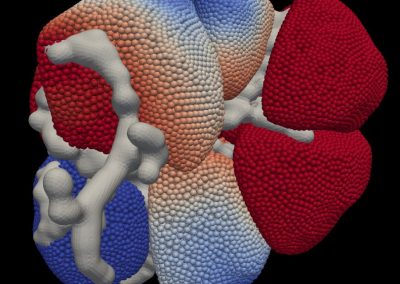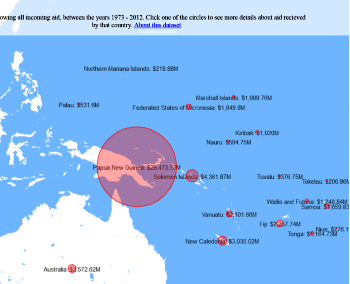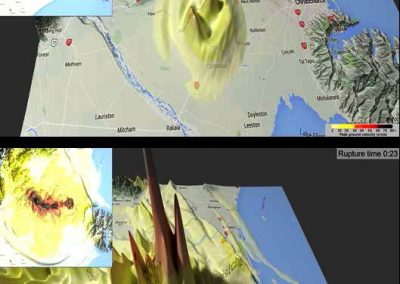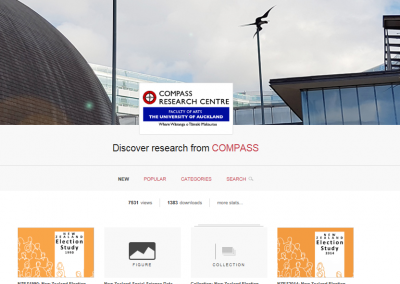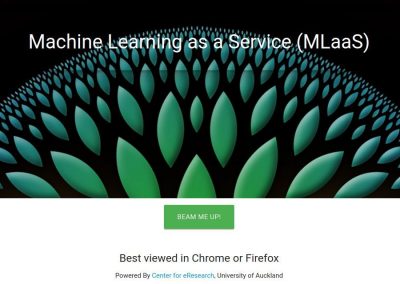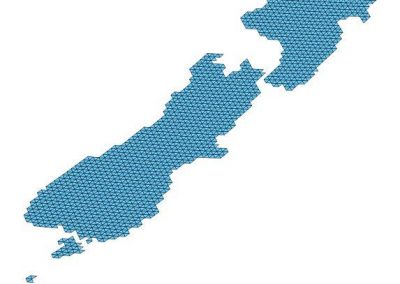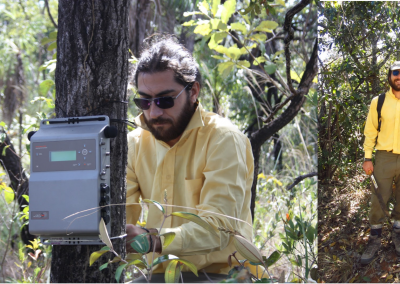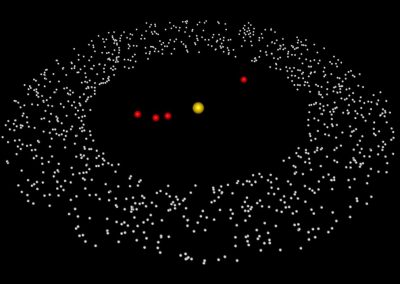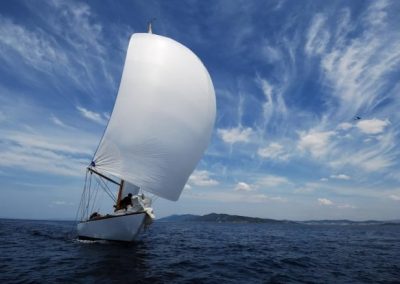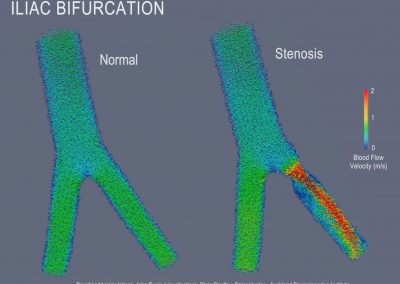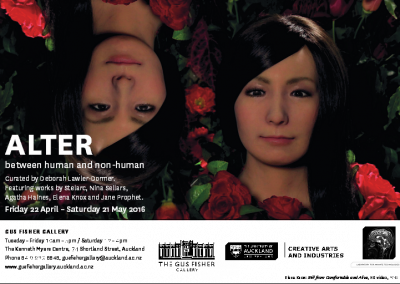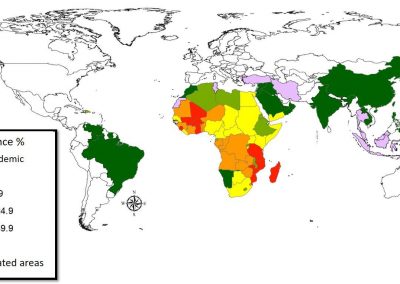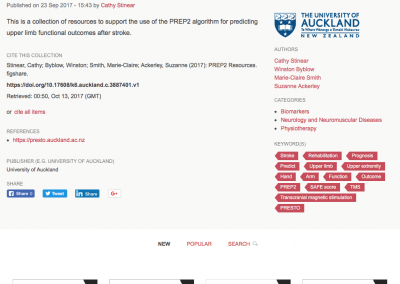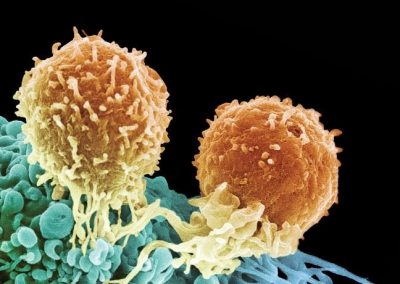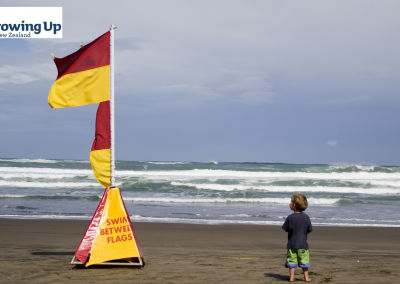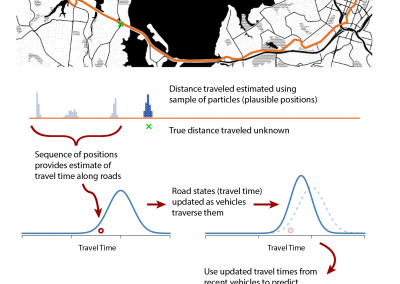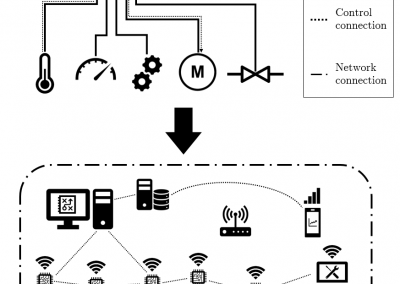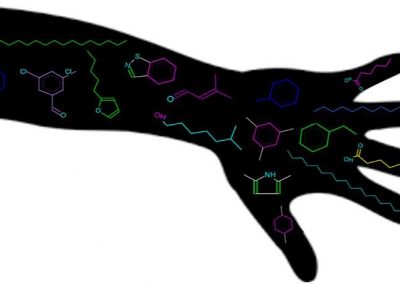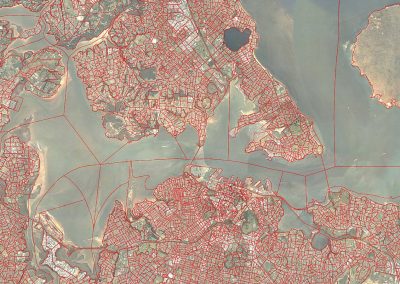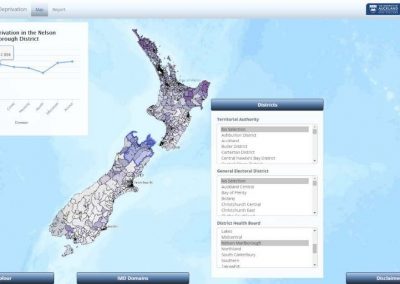
Growing Up in New Zealand
Peter Tricker, Data and System Manager, Growing up in New Zealand, UniServices
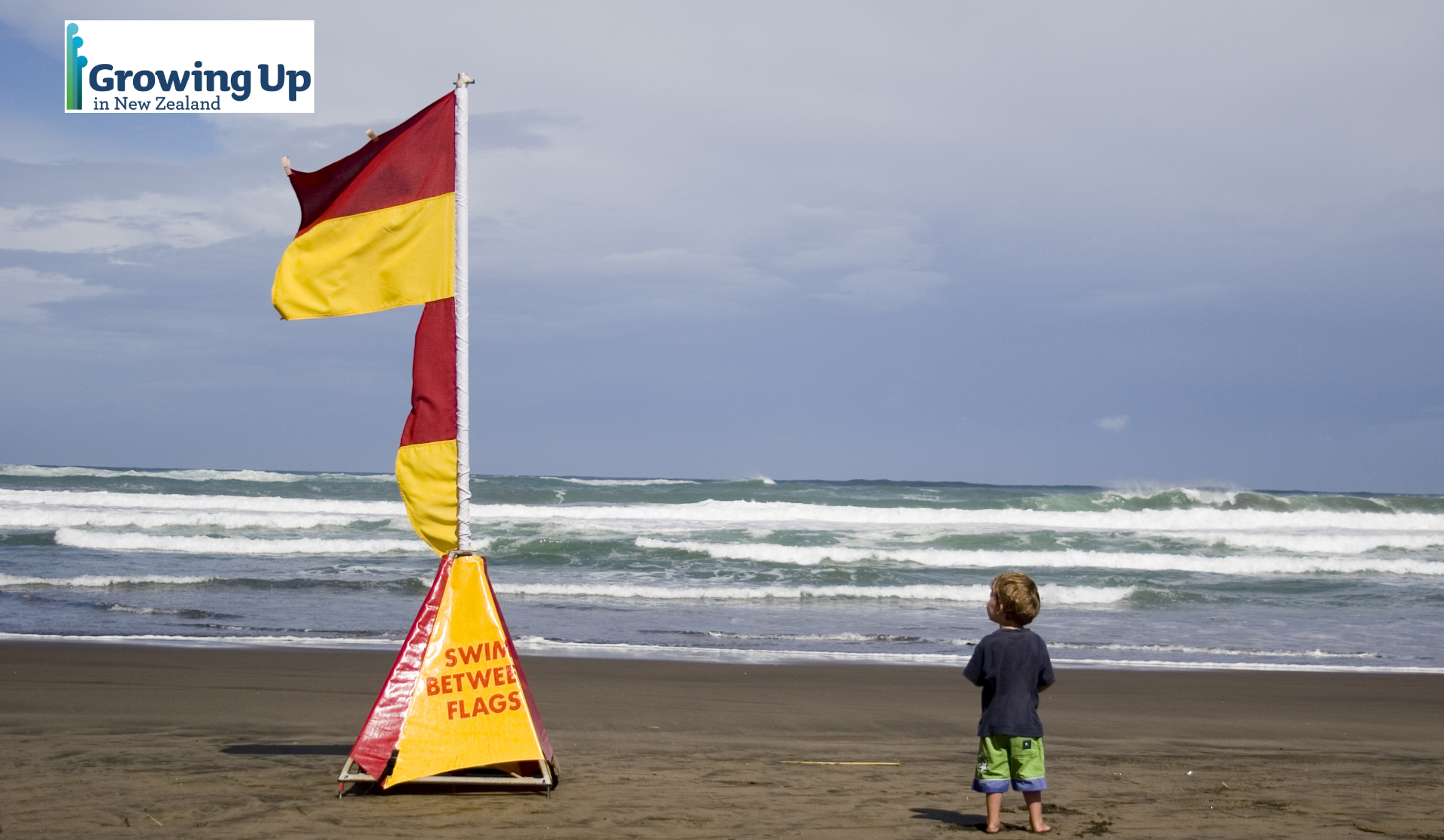
Overview
The Growing Up in New Zealand (GUiNZ) longitudinal study was designed explicitly to understand what it is like to be a child growing up within the family, cultural, economic, societal and technological complexity of 21st century New Zealand. The study provides multi-disciplinary, scientifically robust, population-relevant research evidence which social policy and programme developers can use to decide what works best to improve social and developmental outcomes for children and families for children and families.
At the core of the GUiNZ study are the 7,000 children and their families who have been sharing their individual life stories with the study team since 2008. Specifically, the study recruited 6853 children before birth via their pregnant mothers (6823). The study includes 4401 partners of the children’s mothers, the majority of whom are the children’s biological father.
The cohort size and diversity are key strengths, ensuring that there is the capacity to deliver accurate information about all children growing up in New Zealand today. The main cohort is generalisable to all New Zealand births in terms of ethnic and socioeconomic diversity: one in four Māori, one in five Pacific, one in six Asian, two in three New Zealand European. Nearly half the children identify with more than one ethnic group, one in three have at least one parent born outside NZ, 40 percent of children and families live in the three highest deciles of area deprivation.
The commitment and contribution of each one of these families has been instrumental in establishing the study as a rich national resource. The study is set to continue until the children reach adulthood.
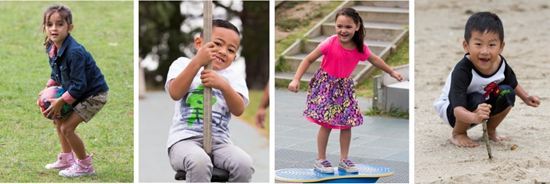
Drivers for change
By the time the children were five years old GUiNZ researchers had amassed more than 68 million pieces of data about the cohort. With each consecutive data collection, the eight year collection wave is currently underway, the volume and complexity of data and the analytical opportunities increase exponentially.
Data from each collection wave are cleaned, anonymised and prepared for release to external researchers. Through the early years of the study, these data sets were distributed to external users via a mix of dropbox-type technologies and by granting direct access to the GUiNZ network drives. It became obvious to the project team that not only was the system becoming increasingly difficult to maintain long-term, but that there was growing potential for security breaches of the data access protocol that governs principles of the study. Once in the public space, data would be difficult, if not impossible, to control and relied on the technical competence and goodwill of the user to maintain its security.
In 2016 GUiNZ was tasked with finding a means of increasing the utility of the data by making it more readily accessible to researchers outside the team and at the same time much more secure. The GUiNZ team decided it needed a datalab-type system that emulated systems currently in use at Statistics New Zealand and The Ministry of Social Development.
System requirements
The requirements for the proposed system were quite straight forward:
Researchers must be able to access the system from outside of the University of Auckland network.
The system needed to be highly restrictive to protect both the anonymity of the study participants and the integrity of the researchers. Therefore, there should be no clipboard access, no print redirection, no internet connection and no LAN connection.
The system was to come pre-installed with software packages, such as SPSS, STATA and R, necessary to perform analyses on the data sets.
Solution
The Centre for eResearch (CeR) designed and built a remote desktop solution (RVM) that is accessible from any location in the world.
In addition, it is highly secure requiring a double login, and is provisioned with all the necessary statistical packages. Access is also platform agnostic, meaning the RVM can be accessed via Windows and MacOS platforms, for example.
The onboarding of users is controlled by GUiNZ and access to the RVM is only possible if CeR receives an authorising request from GUiNZ. As part of the value-added service, CeR also set up folders that can be shared between users on the same project so they can collaborate on their analyses.
CeR sat down with the GUiNZ team to review the project drivers and work out the details that would meet the team’s requirements. Over the course of several consultative meetings, CeR team brought in experts and stakeholders, representing a range of fields, from networking to software licensing, from around the University. Throughout, they were thorough and professional in their approach and worked with GUiNZ to develop a highly secure, remote desktop RVM solution that would satisfy the project’s requirements. Every step of the way Sean Matheny and his team kept GUiNZ informed of their progress on system development and raised flags where GUiNZ needed to make decisions. Now that the system is live, CeR provides ongoing support and maintenance for GUiNZ and its external users.
Future project aspirations
GUiNZ has recently initiated a data management improvement programme. The initial scoping exercise has highlighted several potential areas for improvement with regard to the internal data infrastructure and data management planning in general. CeR has indicated that it has the skills and expertise to assist GUiNZ in these areas and the team looks forward to engaging with CeR again through 2018.
See more case study projects

Our Voices: using innovative techniques to collect, analyse and amplify the lived experiences of young people in Aotearoa
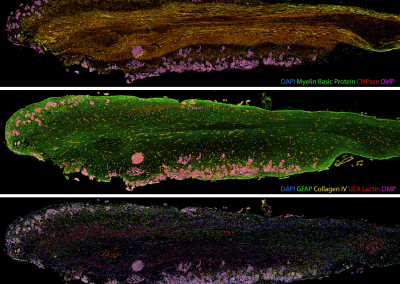
Painting the brain: multiplexed tissue labelling of human brain tissue to facilitate discoveries in neuroanatomy

Detecting anomalous matches in professional sports: a novel approach using advanced anomaly detection techniques
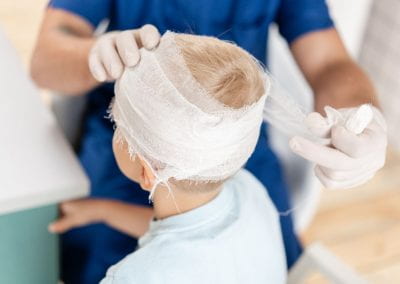
Benefits of linking routine medical records to the GUiNZ longitudinal birth cohort: Childhood injury predictors
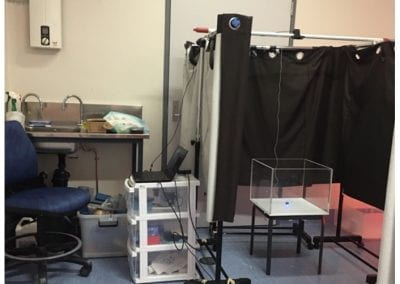
Using a virtual machine-based machine learning algorithm to obtain comprehensive behavioural information in an in vivo Alzheimer’s disease model
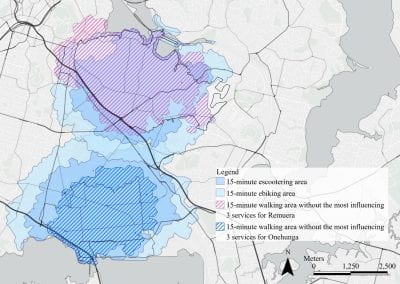
Mapping livability: the “15-minute city” concept for car-dependent districts in Auckland, New Zealand
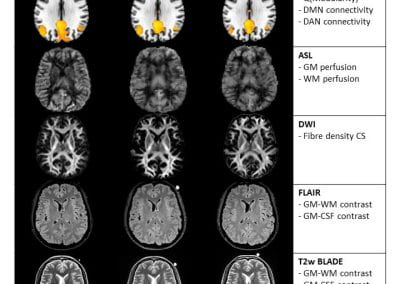
Travelling Heads – Measuring Reproducibility and Repeatability of Magnetic Resonance Imaging in Dementia
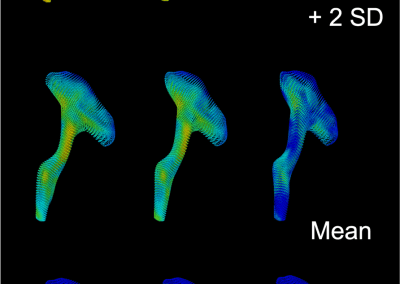
Novel Subject-Specific Method of Visualising Group Differences from Multiple DTI Metrics without Averaging
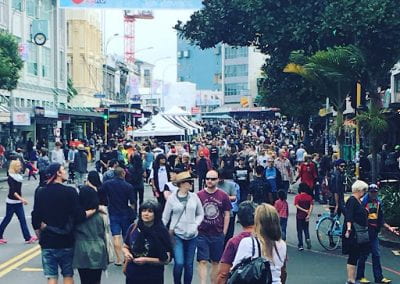
Re-assess urban spaces under COVID-19 impact: sensing Auckland social ‘hotspots’ with mobile location data
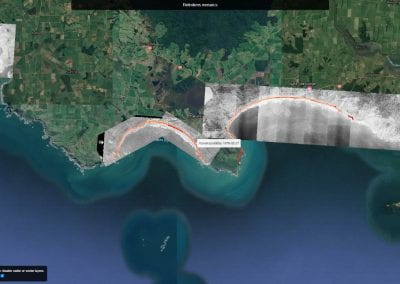
Aotearoa New Zealand’s changing coastline – Resilience to Nature’s Challenges (National Science Challenge)
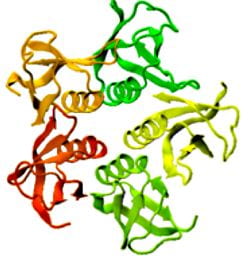
Proteins under a computational microscope: designing in-silico strategies to understand and develop molecular functionalities in Life Sciences and Engineering
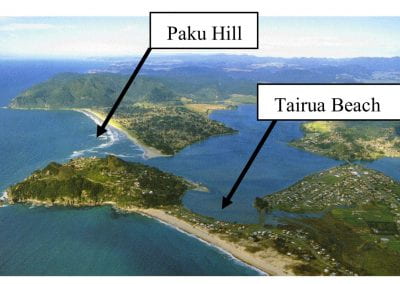
Coastal image classification and nalysis based on convolutional neural betworks and pattern recognition
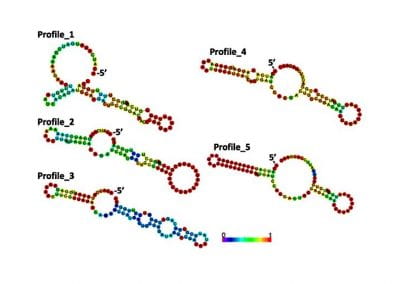
Determinants of translation efficiency in the evolutionarily-divergent protist Trichomonas vaginalis
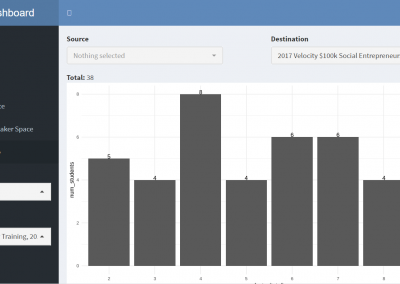
Measuring impact of entrepreneurship activities on students’ mindset, capabilities and entrepreneurial intentions

Using Zebra Finch data and deep learning classification to identify individual bird calls from audio recordings
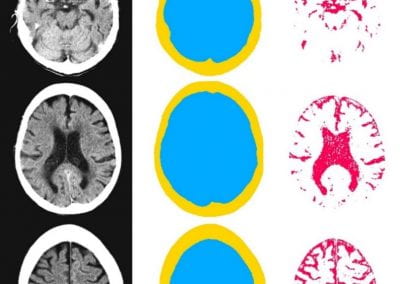
Automated measurement of intracranial cerebrospinal fluid volume and outcome after endovascular thrombectomy for ischemic stroke
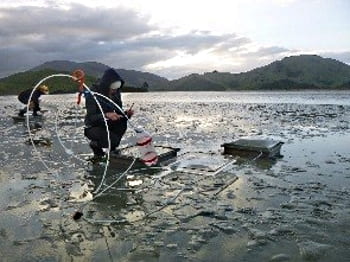
Using simple models to explore complex dynamics: A case study of macomona liliana (wedge-shell) and nutrient variations
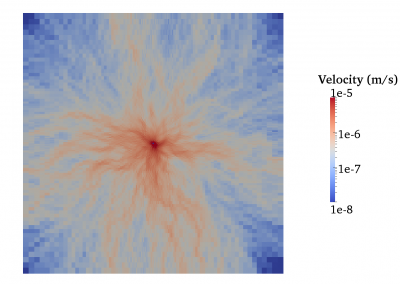
Fully coupled thermo-hydro-mechanical modelling of permeability enhancement by the finite element method
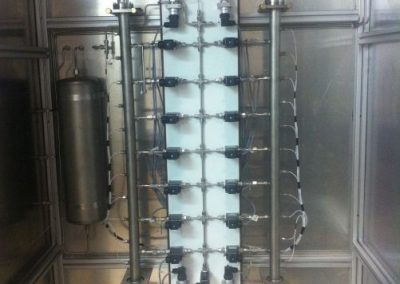
Modelling dual reflux pressure swing adsorption (DR-PSA) units for gas separation in natural gas processing
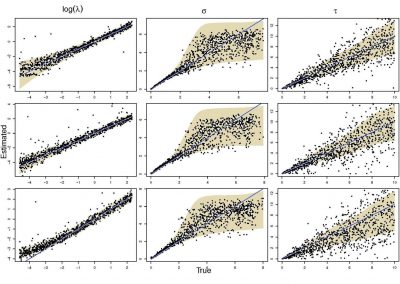
Molecular phylogenetics uses genetic data to reconstruct the evolutionary history of individuals, populations or species
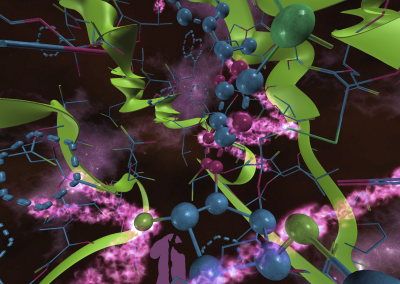
Wandering around the molecular landscape: embracing virtual reality as a research showcasing outreach and teaching tool
